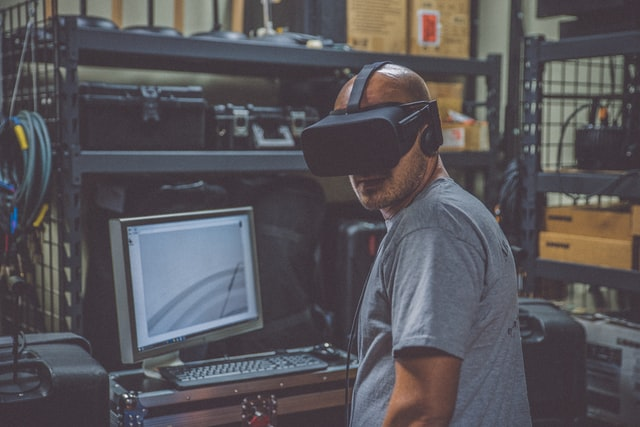Social virtual reality (SVR), or multi-user virtual reality, is an emerging technology that enables new ways of collaboration in industrial use. SVR also offers tremendous potential in enabling businesses to function during times of physical separation. Like many other collaborative technologies, SVR gains value as more employees start using it. However, relatively little is known about the factors leading to the diffusion of SVR in organizations. This newly published research from Tampere University shines a light on these issues and identifies eight enabling factors which can help SVR diffuse widely in organizations.
Firstly, SVR will likely diffuse more in organizations in which the work tasks include lots of collaboration around complex visual information and remote teamwork as the benefits of SVR are especially apparent in these work situations. Organizations can therefore either enhance their current business processes with SVR or adapt them to make more efficient use of SVR.
Secondly, SVR can be more easily embedded into the current business processes if the organization’s information systems are highly integrated and can thus easily provide access to information for various SVR solutions. Providing access to SVR with various end-user devices (e.g., different types of VR headsets, traditional desktops and smartphones) can also make the transition to SVR use easier because this allows all stakeholders to still be included in the collaboration even if they don’t want to (or can’t) use a VR headset.
Lastly, organizations need to identify champions for SVR use from among their younger and more innovative employees who can help reduce the perceived of complexity of SVR for other employees. SVR should also be initially tested with multiple users and headsets so that the collaborative nature of SVR becomes immediately self-evident. Moreover, organizations should use wireless stand-alone VR headsets whenever their performance is sufficient for the work tasks due to their better form factor and ease of use. Increasing their employees’ competence with 3D models can also make working with SVR much easier as handling relevant digital content becomes more streamlined.
If this piqued your interest and you’d like to read about this in more detail, you can download the whole research paper via this link:
aisel.aisnet.org/cgi/viewcontent.cgi?article=1006&context=ecis2020_rp
New research on organizational use of social virtual reality (SVR)



